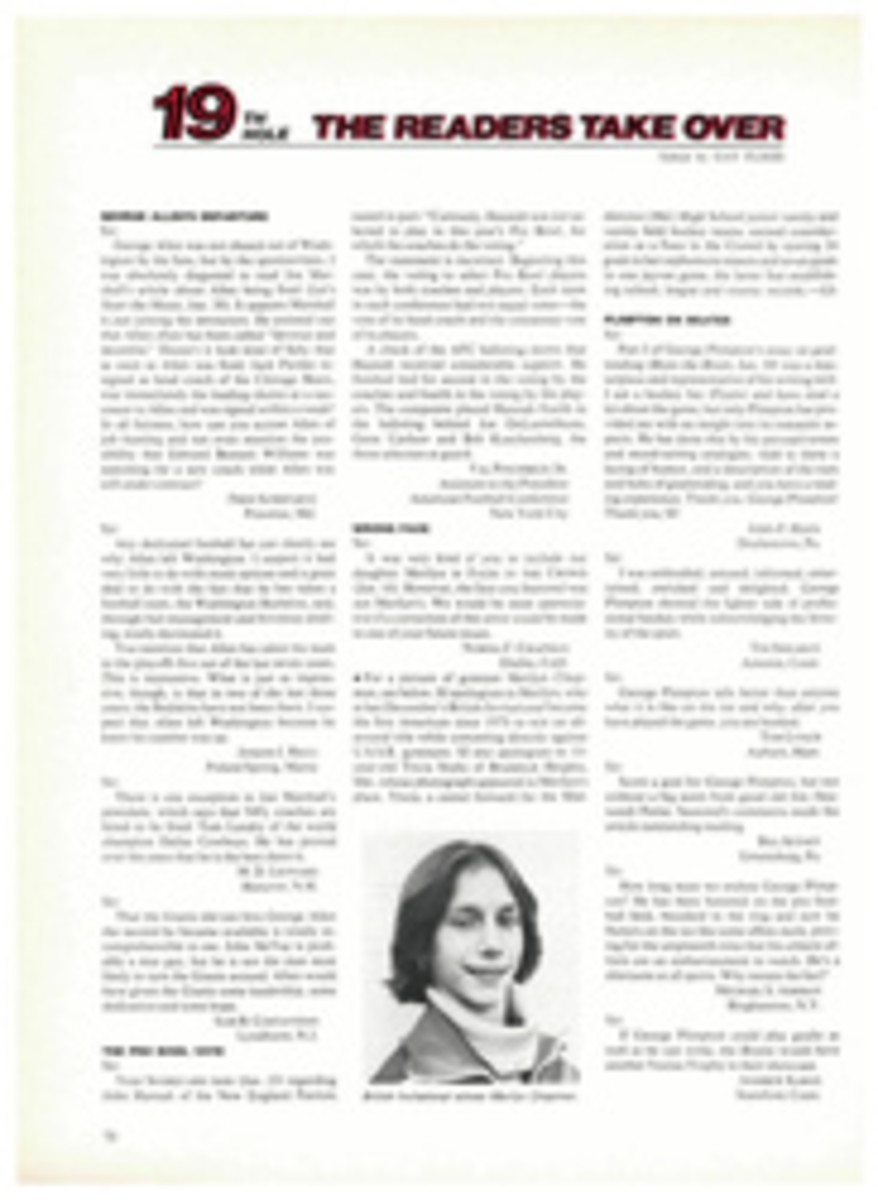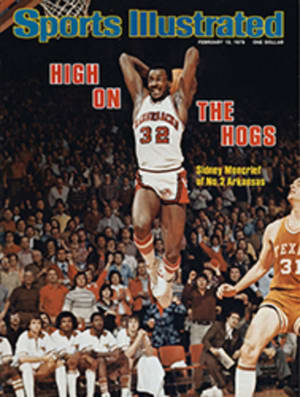
LETTER FROM THE PUBLISHER
Among the special contributions of Special Contributor Robert Cantwell have been articles on subjects as diverse as polo's Cecil Smith (SI, May 9, 1977), the history of free road maps (June 22, 1964), llamas in Oregon (Nov. 22, 1976) and the man who wrote Waltzing Matilda (Dec. 9, 1974). His first article about birds—to be exact, about Alexander Wilson, a predecessor of Audubon—appeared here in 1956. He expanded it to a comprehensive biography and went on to write a score or more stories about hawks, starlings, black brant, ducks and birds and bird watchers in general. The birds were familiar and the places he studied them easily reached.
"I found Wilson's nine-volume American Ornithology in the geology library of Columbia University," Cantwell recalls. "Because they are big books, somebody, long ago, stored them among oversized geological works showing the insides of mountains. The charge-out cards indicated that the last time they had been borrowed was in 1849. I studied the birds of Mark Catesby, an early English naturalist, in the rare-book room of the New York Public Library, where they lock you in while you look at their books. Then, when I wrote about the influence of birdsongs on popular music, I worked in the Library of Congress."
This time Cantwell has written about an expedition into a Mexican wilderness, where he found the fresh air and live birds a startling change for the better. The group was in search of a large, ungainly, inhospitable fowl called the horned guan, and secondarily interested in an elusive little green-and-blue bird called the azure-rumped tanager. The place the bird watchers went to find these dissimilar rarities was the small village of El Triunfo in the Sierra Madre range. From November until April, this is a traditional meeting ground for south-migrating Northern birds and innumerable local residents—there were so many birds of so many species, Cantwell says, that the more experienced watchers "appeared to be dazed or hypnotized." Coming to El Triunfo from the Library of Congress, Cantwell might have been expected to succumb to the ornithological bends, and, indeed, at the end of the first day, having sighted an emerald toucanet, a blue-crowned chlorophonia, a hooded grosbeak, a spotted nightingale-thrush, a cinnamon flower-piercer, a brown-backed solitaire and a number of black robins, he gave up trying to start a life list and devoted his tape recorder to the comments of the other bird watchers.
"Their sport began at 5 a.m.," Cantwell says. "When they were not scrambling up steep ridges, they could be seen transfixed at the edges of clearings, leaning backward, binoculars focused on the upper branches of trees, expressions of satisfaction on their faces.
"But the real attraction of birding in the wilderness, I suspect, is a sense of rediscovery. This must be somewhat like the abundance of the bird world known to Wilson and Catesby and Audubon. The main purpose of all the effort was to find the horned guan and perhaps make some modest contribution to science in the process. But whether or not the guan was sighted, the other birds the group observed would have made the search worthwhile.
"Bird watching." Cantwell reasons, "is a sport in which nobody loses."
PHOTO
CANTWELL PREFERS BIRDS IN THE BUSH

